title
Breed
artist
Driessens & Verstappen (Erwin Driessens and Maria Verstappen)
intro
Breed is a computer program that generates complex and detailed sculptures using artificial evolution. Instead of designing the sculptures themselves, artist duo Driessens & Verstappen wrote an algorithm to do it for them.
The software is based on two processes: cell-division and genetic evolution. Starting from a single cell, the repeating process of cell division generates a detailed form that can be materialised. The code of the program is developed through selection and mutation to realize the best working forms.
The sculptures were initially made by hand in plywood, but can currently be made in other materials, like nylon and stainless steel, using 3D printing techniques. The whole process of production is now automated.
The software is based on two processes: cell-division and genetic evolution. Starting from a single cell, the repeating process of cell division generates a detailed form that can be materialised. The code of the program is developed through selection and mutation to realize the best working forms.
The sculptures were initially made by hand in plywood, but can currently be made in other materials, like nylon and stainless steel, using 3D printing techniques. The whole process of production is now automated.
biography artist
The artist duo consisting of Erwin Driessens (1963) and Maria Verstappen (1964) has worked together since 1990. They both attended the Academy of Fine Arts in Maastricht and the Rijksakademie in Amsterdam, after which they developed an oeuvre of software, machines, and objects. Their work is often based on (natural) processes.
keywords
artificial evolution, generative art, evolution, computer art, software, sculpture, machine, process, nature
images
[caption id="attachment_446" align="alignnone" width="640"]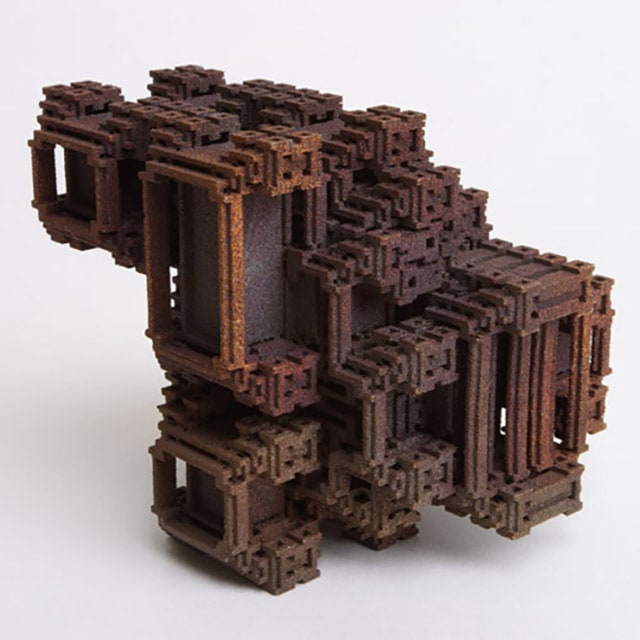 Driessens & Verstappen, Breed 1.2 #e234, 2007. In the collection of the Stedelijk Museum Amsterdam. Photo: Driessens & Verstappen[/caption][caption id="attachment_448" align="alignnone" width="640"]
Driessens & Verstappen, Breed 1.2 #e234, 2007. In the collection of the Stedelijk Museum Amsterdam. Photo: Driessens & Verstappen[/caption][caption id="attachment_448" align="alignnone" width="640"]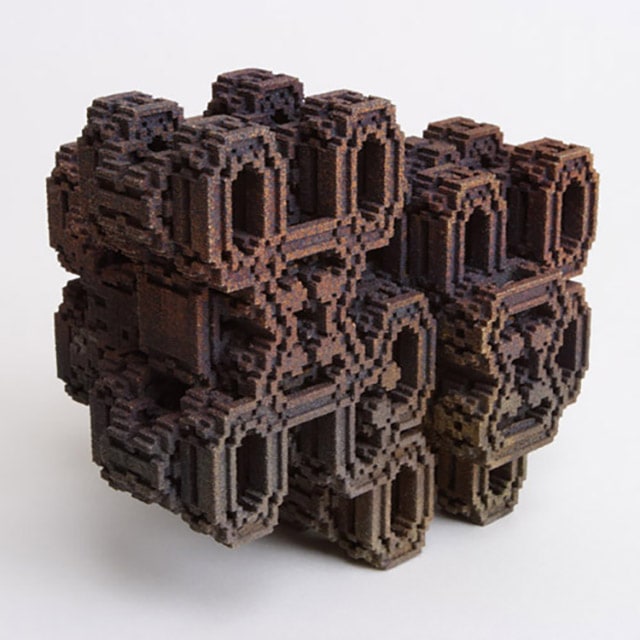 Driessens & Verstappen, Breed 1.2 #e326, 2007. In the collection of the Stedelijk Museum Amsterdam. Photo: Driessens & Verstappen[/caption] [caption id="attachment_450" align="alignnone" width="640"]
Driessens & Verstappen, Breed 1.2 #e326, 2007. In the collection of the Stedelijk Museum Amsterdam. Photo: Driessens & Verstappen[/caption] [caption id="attachment_450" align="alignnone" width="640"]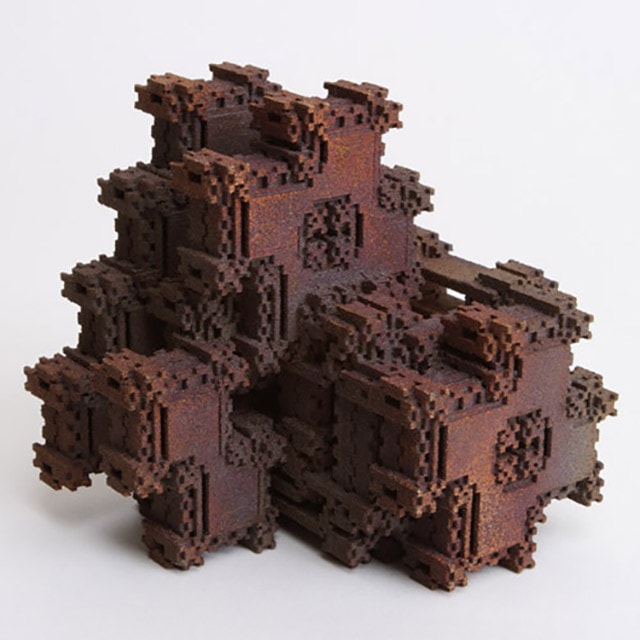 Driessens & Verstappen, Breed 1.2 #f315, 2007. In the collection of the Centre Georges Pompidou, Paris. Photo: Driessens & Verstappen[/caption][caption id="attachment_1051" align="alignnone" width="300"]
Driessens & Verstappen, Breed 1.2 #f315, 2007. In the collection of the Centre Georges Pompidou, Paris. Photo: Driessens & Verstappen[/caption][caption id="attachment_1051" align="alignnone" width="300"]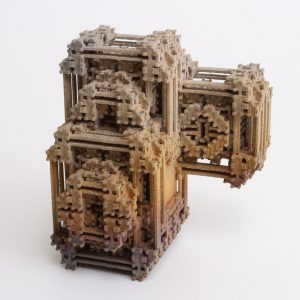 Driessens & Verstappen, Breed 1.2 #e365, 2007. In private collection. Photo:Driessens & Verstappen[/caption][caption id="attachment_1134" align="alignnone" width="300"]
Driessens & Verstappen, Breed 1.2 #e365, 2007. In private collection. Photo:Driessens & Verstappen[/caption][caption id="attachment_1134" align="alignnone" width="300"]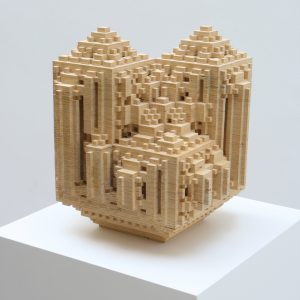 Driessens & Verstappen, Breed 0.1, 1995.[/caption][caption id="attachment_1133" align="alignnone" width="300"]
Driessens & Verstappen, Breed 0.1, 1995.[/caption][caption id="attachment_1133" align="alignnone" width="300"]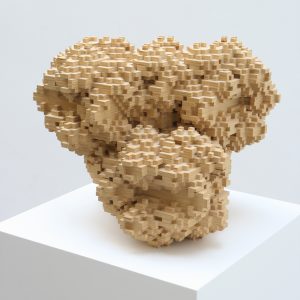 Driessens & Verstappen, Breed 0.1, 1995.[/caption][caption id="attachment_1135" align="alignnone" width="300"]
Driessens & Verstappen, Breed 0.1, 1995.[/caption][caption id="attachment_1135" align="alignnone" width="300"]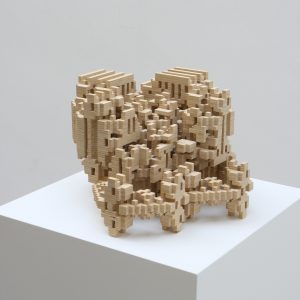 Driessens & Verstappen, Breed 0.1, 1995.[/caption][caption id="attachment_1132" align="alignnone" width="300"]
Driessens & Verstappen, Breed 0.1, 1995.[/caption][caption id="attachment_1132" align="alignnone" width="300"]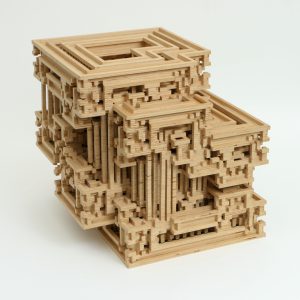 Driessens & Verstappen, Breed 0.1, 1995.[/caption]
Driessens & Verstappen, Breed 0.1, 1995.[/caption]
 Driessens & Verstappen, Breed 1.2 #e234, 2007. In the collection of the Stedelijk Museum Amsterdam. Photo: Driessens & Verstappen[/caption][caption id="attachment_448" align="alignnone" width="640"]
Driessens & Verstappen, Breed 1.2 #e234, 2007. In the collection of the Stedelijk Museum Amsterdam. Photo: Driessens & Verstappen[/caption][caption id="attachment_448" align="alignnone" width="640"] Driessens & Verstappen, Breed 1.2 #e326, 2007. In the collection of the Stedelijk Museum Amsterdam. Photo: Driessens & Verstappen[/caption] [caption id="attachment_450" align="alignnone" width="640"]
Driessens & Verstappen, Breed 1.2 #e326, 2007. In the collection of the Stedelijk Museum Amsterdam. Photo: Driessens & Verstappen[/caption] [caption id="attachment_450" align="alignnone" width="640"] Driessens & Verstappen, Breed 1.2 #f315, 2007. In the collection of the Centre Georges Pompidou, Paris. Photo: Driessens & Verstappen[/caption][caption id="attachment_1051" align="alignnone" width="300"]
Driessens & Verstappen, Breed 1.2 #f315, 2007. In the collection of the Centre Georges Pompidou, Paris. Photo: Driessens & Verstappen[/caption][caption id="attachment_1051" align="alignnone" width="300"] Driessens & Verstappen, Breed 1.2 #e365, 2007. In private collection. Photo:Driessens & Verstappen[/caption][caption id="attachment_1134" align="alignnone" width="300"]
Driessens & Verstappen, Breed 1.2 #e365, 2007. In private collection. Photo:Driessens & Verstappen[/caption][caption id="attachment_1134" align="alignnone" width="300"] Driessens & Verstappen, Breed 0.1, 1995.[/caption][caption id="attachment_1133" align="alignnone" width="300"]
Driessens & Verstappen, Breed 0.1, 1995.[/caption][caption id="attachment_1133" align="alignnone" width="300"] Driessens & Verstappen, Breed 0.1, 1995.[/caption][caption id="attachment_1135" align="alignnone" width="300"]
Driessens & Verstappen, Breed 0.1, 1995.[/caption][caption id="attachment_1135" align="alignnone" width="300"] Driessens & Verstappen, Breed 0.1, 1995.[/caption][caption id="attachment_1132" align="alignnone" width="300"]
Driessens & Verstappen, Breed 0.1, 1995.[/caption][caption id="attachment_1132" align="alignnone" width="300"] Driessens & Verstappen, Breed 0.1, 1995.[/caption]
Driessens & Verstappen, Breed 0.1, 1995.[/caption]
year
1995-2007
premiere
The work was first produced in 1995 during a residency at Est-Nord-Est in Canada. The sculptures were first presented in 1996 in an exhibition at Gallery Le Sous Sol in Paris, France.
software
Breed computer program
functionality
part of collection
One of the metal sculptures, Breed 1.2 #e234, is part of the collection of the Stedelijk Museum Amsterdam.1
production
The Breed models were produced three times in different materials and with different production methods. The initial sculptures were made in plywood by hand, which was a time consuming process. Driessens & Verstappen wanted to automate this process and started working with 3D printing techniques in 2007.
Breed 0.1
The first series of Breed models were produced in 1995 during a residency at Est-Nord-Est in Canada. The sculptures were made of Russian plywood and were designed and manufactured manually. They measure approx. 30 x 30 x 30 cm.
Breed 1.1
This series of Breed models were produced in 2001 using the Selected Laser Sintering technique. This rapid manufacturing technique creates solid 3-dimensional objects by fusing nylon powder with a CO2 laser. Each of the objects measure 96 x 96 x 96 mm.
Breed 2.1
The Breed models produced in 2007 are made using printing metal technology. This rapid manufacturing technique creates 3-dimensional objects by printing stainless steel powder mixed with a binder. Placed in an oven, the objects are heated until the binder is vaporised and the metal powder is sintered. After this, the porous objects are infiltrated with liquid bronze. The objects differ in size but are approximately 80 x 80 x 80 mm.
Breed 0.1
The first series of Breed models were produced in 1995 during a residency at Est-Nord-Est in Canada. The sculptures were made of Russian plywood and were designed and manufactured manually. They measure approx. 30 x 30 x 30 cm.
Breed 1.1
This series of Breed models were produced in 2001 using the Selected Laser Sintering technique. This rapid manufacturing technique creates solid 3-dimensional objects by fusing nylon powder with a CO2 laser. Each of the objects measure 96 x 96 x 96 mm.
Breed 2.1
The Breed models produced in 2007 are made using printing metal technology. This rapid manufacturing technique creates 3-dimensional objects by printing stainless steel powder mixed with a binder. Placed in an oven, the objects are heated until the binder is vaporised and the metal powder is sintered. After this, the porous objects are infiltrated with liquid bronze. The objects differ in size but are approximately 80 x 80 x 80 mm.
hardware
plywood, nylon, stainless steel, 3D printer
technical specs
intention artistquote by artist
quote
“Breed (1995-2007) is a computer program that uses artificial evolution to grow very detailed sculptures. The purpose of each growth is to generate by cell division from a single cell a detailed form that can be materialised. On the basis of selection and mutation a code is gradually developed that best fulfils this "fitness" criterion and thus yields a workable form. The designs were initially made in plywood. Currently the objects can be made in nylon and in stainless steel by using 3D printing techniques. This automates the whole process from design to execution: the industrial production of unique artefacts.”2
“An initial series of six sculptures was executed manually in plywood. The tracing, sawing and gluing was a time consuming technique and in any case, we wanted an industrial procedure. It was not possible to produce such complex forms via computer controlled Rapid Manufacturing techniques until the end of the nineties. Only with the arrival of the SLS (Selected Laser Sintering) technology did it become possible to computerise the whole line from design to execution. A second series of nine samples was realised with this technique in DuraForm nylon. In 2007, a series of six sculptures is produced with the Printing Metal technique. These objects are made out of stainless steel, infiltrated with bronze. The results became smaller and more detailed so that the separate cells of the objects began to be absorbed into the total form.”3
“An initial series of six sculptures was executed manually in plywood. The tracing, sawing and gluing was a time consuming technique and in any case, we wanted an industrial procedure. It was not possible to produce such complex forms via computer controlled Rapid Manufacturing techniques until the end of the nineties. Only with the arrival of the SLS (Selected Laser Sintering) technology did it become possible to computerise the whole line from design to execution. A second series of nine samples was realised with this technique in DuraForm nylon. In 2007, a series of six sculptures is produced with the Printing Metal technique. These objects are made out of stainless steel, infiltrated with bronze. The results became smaller and more detailed so that the separate cells of the objects began to be absorbed into the total form.”3
influence
Driessens & Verstappen are influenced by processes in nature, like evolution, growth, and transformation.
In the Netherlands, Peter Struycken was one of the first artists to start using the computer for the production of art. He pioneered computer generated art in the Netherlands and has been an influence for many artists working in the digital field.
The work of Harm van den Dorpel (for example, his software work Autobreeder) could be influenced by Driessens & Verstappen’s Breed.
The work of Driessens & Verstappen is regularly published in science magazines and websites, extended their influence outside of the artistic sphere.
In the Netherlands, Peter Struycken was one of the first artists to start using the computer for the production of art. He pioneered computer generated art in the Netherlands and has been an influence for many artists working in the digital field.
The work of Harm van den Dorpel (for example, his software work Autobreeder) could be influenced by Driessens & Verstappen’s Breed.
The work of Driessens & Verstappen is regularly published in science magazines and websites, extended their influence outside of the artistic sphere.
context
Almost all of Driessens & Verstappen's work is based on processes, which can be natural processes, but also digital processes. This interest developed in the late 1980s and early 90s during their time at the Rijksakademie in Amsterdam. They saw the art world and art market as a generative system that maintained itself. For example, a work of art seemed, in the first place, to be a strategic instrument that guaranteed the continuity of art institutions. Galleries bought expensive advertisement pages in art magazines and, as a result, their artists also received reviews in those magazines, like some kind of machinery. In addition, they saw everything around themselves digitized and automated and wondered whether art could also be automated. As a counter reaction to the generative system of the art world and emerging digital technologies, the idea came to automate art production. "With this, the underlying generative mechanisms of the art world can be exposed, while at the same time circumventing the cultural and biological limitations of human art." The early work of Driessens & Verstappen was thus a form of institutional critique.4
LITERATURE
“Breed – Driessens & Verstappen: Evolutional Diffusion Lattices.” Dataisnature, 20 Apr. 2010, dataisnature.com.
“Driessens & Verstappen Breed 1.2 e365, 2007.” Sanders Collection, pietermariekesanders.nl.
Whitelaw, Mitchell. “Morphogenetics: Generative Processes in the Work of Driessens and Verstappen.” Digital Creativity, vol. 14, no. 1, 2003, pp. 43–53.
“Winnaar Witteveen+Bos-Prijs Voor Kunst+Techniek 2013.” Kunst Techniek Prijs , 2013, kunsttechniekprijs.nl.
“Driessens & Verstappen Breed 1.2 e365, 2007.” Sanders Collection, pietermariekesanders.nl.
Whitelaw, Mitchell. “Morphogenetics: Generative Processes in the Work of Driessens and Verstappen.” Digital Creativity, vol. 14, no. 1, 2003, pp. 43–53.
“Winnaar Witteveen+Bos-Prijs Voor Kunst+Techniek 2013.” Kunst Techniek Prijs , 2013, kunsttechniekprijs.nl.
part of active discussion
In generative art, the automated process of creating art questions the position of the artist as an authority in creating art.
In October 2018, a painting made using artificial intelligence was sold at Christie’s, arousing the discussion of whether art made by an algorithm really is art.5
In October 2018, a painting made using artificial intelligence was sold at Christie’s, arousing the discussion of whether art made by an algorithm really is art.5
scene artists institutes
generative art, software art, Witteveen+Bos Art+Technology Award, artificial intelligence, Centraal Museum Utrecht, Centre Pompidou Paris, VIDA, Stedelijk Museum Amsterdam, Eyebeam New York
footnote
1 “Breed 1.2 #e234.” Driessens & Verstappen, notnot.home.xs4all.nl/breed.
2 “Breed.” Driessens & Verstappen, notnot.home.xs4all.nl/breed.
3 Paul Prudence, “Breed.” Driessens & Verstappen, notnot.home.xs4all.nl/breed.
4 Erwin Driessens and Maria Verstappen, Generative Art and Experience of Nature. notnot.home.xs4all.nl.
5 “Is Artificial Intelligence Set to Become Art's next Medium?” Christie's, Christies, 12 Dec. 2018, christies.com.
Annie Abrahams
Livinus van de Bundt & Jeep van de Bundt
Driessens & Verstappen (Erwin Driessens and Maria Verstappen)
Yvonne le Grand
Edward Ihnatowicz
JODI (Joan Heemskerk & Dirk Paesmans)
Bas van Koolwijk
Lancel/Maat (Karen Lancel and Hermen Maat)
Jan Robert Leegte
Peter Luining
Martine Neddam
Marnix de Nijs and Edwin van der Heide
Dick Raaijmakers
Joost Rekveld
Remko Scha
Jeffrey Shaw
Debra Solomon
Steina
Peter Struycken
Michel Waisvisz